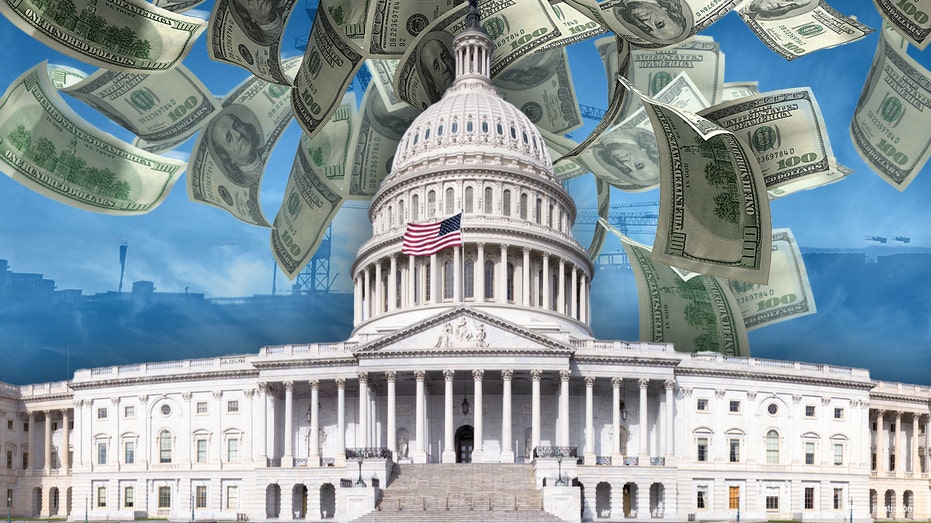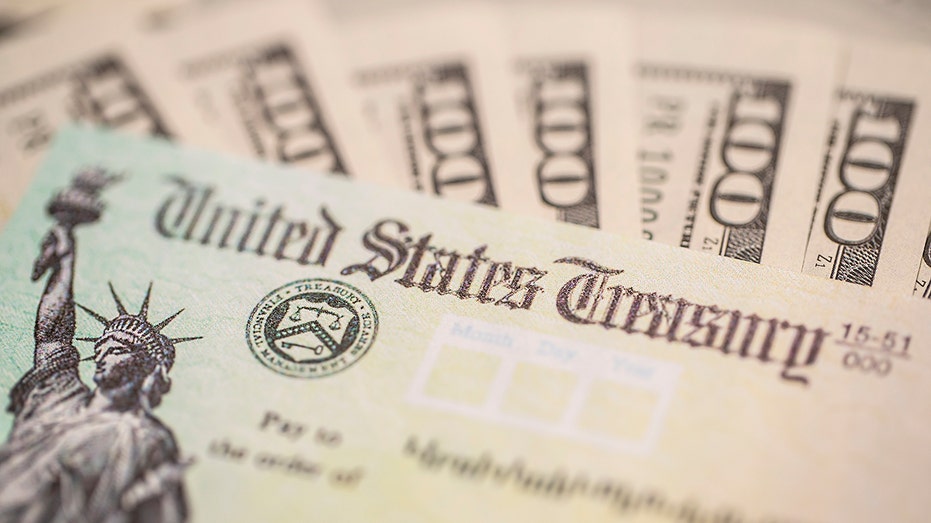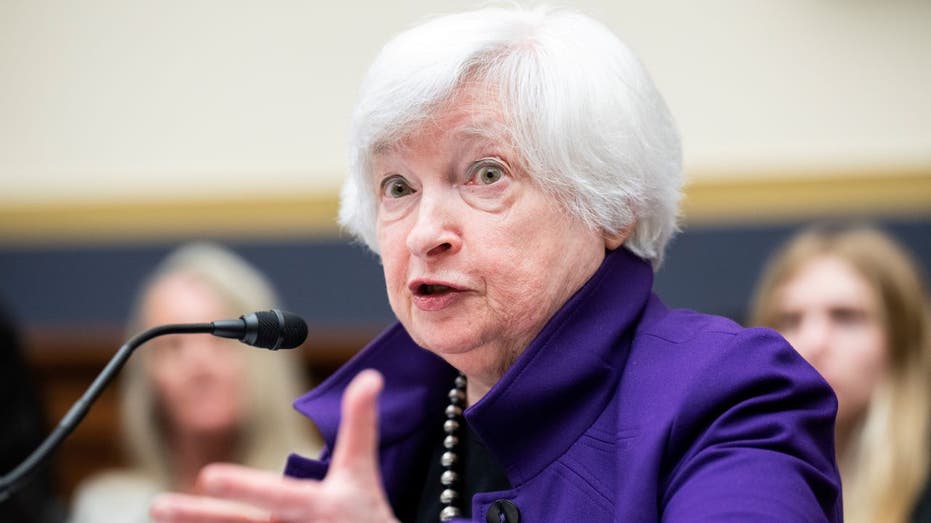Federal deficit hit $1.6 trillion in first 10 months of FY23, more than double last year's shortfall
The CBO reported that the federal deficit more than doubled to $1.6 trillion in the first 10 months of FY2023 compared to a year ago
Stuart Varney: Biden's wild spending brought an explosion of debt
'Varney & Co.' host Stuart Varney warns Biden against expanding debt further after the U.S. got its first debt downgrade since 2011 when Obama was president.
The nonpartisan Congressional Budget Office (CBO) announced that the federal government’s budget deficit more than doubled through the first 10 months of the current fiscal year compared to a year ago.
In its latest budget review released Tuesday, the CBO found that the federal deficit was $1.6 trillion in the first 10 months of fiscal year 2023 — a significant increase over the $726 billion deficit the federal government incurred in the same period last year.
The CBO noted that federal spending was 10% higher during the reporting period than it was a year, while tax revenues came in 10% lower, which combined to cause the deficit to widen. As a result, the CBO now expects the federal deficit for FY2023 will be about $1.7 trillion — or $200 billion larger than the forecast it issued in May.
HOW DOES BIPARTISAN BUDGET, DEBT LIMIT DEAL IMPACT SPENDING, DEFICIT?

The federal deficit more than doubled to $1.6 trillion in the first 10 months of FY2023 compared to a year ago, the CBO reported. (iStock / iStock)
Maya MacGuineas, president of the nonpartisan Committee for a Responsible Federal Budget, said in a statement, "With just two months left in the fiscal year, we’ve now borrowed $5.3 billion per day and have already surpassed all of last year’s deficits. The deficit this year and next year are on track to be 50 percent larger than before the pandemic, despite the fact that the pandemic is over and the economy seems to be growing at a steady clip."
A federal budget deficit of $1.7 trillion would be one of the largest on record, and it comes even as many COVID-19 pandemic relief programs have concluded, which caused the largest deficits in U.S. history due to the elevated spending and reduced economic activity that diminished tax revenues.
BIDEN TOUTS ‘BIDENOMICS’ BUT AMERICANS REMAIN WORRIED ABOUT INFLATION, SOARING FOOD PRICES

Higher than expected federal spending and lower than forecasted tax revenues caused the deficit to widen, the CBO said. (iStock / iStock)
The U.S. ran a record-setting deficit of more than $3.1 trillion in FY2020 after Congress approved trillions of dollars of new spending on temporary COVID-19 programs on a bipartisan basis, including those under the CARES Act in the early weeks of the pandemic-induced lockdowns.
Many of those programs continued into the following year when Biden took office and Democrats used their majorities in Congress to enact the $1.9 trillion American Rescue Plan Act along party lines. Those factors combined to keep the FY2021 deficit over $2.7 trillion.
JANET YELLEN DOUBLES DOWN ON CRITICISM OF FITCH’S US CREDIT DOWNGRADE

Treasury Secretary Janet Yellen pushed back on Fitch's downgrade of the U.S. credit rating. (Tom Williams/CQ-Roll Call, Inc via Getty Images / Getty Images)
The deficit narrowed further to nearly $1.4 trillion in FY2022 as more pandemic spending came to an end, although that was still the fourth-largest annual deficit in U.S. history — trailing only the two prior years and an FY2009 deficit that narrowly exceeded $1.4 trillion amid the financial crisis.
The CBO’s updated deficit projections come after Fitch Rating’s recent decision to downgrade the U.S. government’s credit rating from ‘AAA’ to ‘AA+,’ which could increase the government’s borrowing costs.
GET FOX BUSINESS ON THE GO BY CLICKING HERE
Fitch cited an "erosion of governance" characterized by partisan standoffs over fiscal policies and the debt limit as a contributing factor in its downgrade decision, in addition to an "expected fiscal deterioration over the next three years."
Fitch noted that it expects the federal government’s deficit to rise to 6.3% of gross domestic product (GDP) in 2023 and 6.9% of GDP in 2025, driven by weak economic growth and higher interest costs associated with servicing the more than $32 trillion U.S. national debt.




















